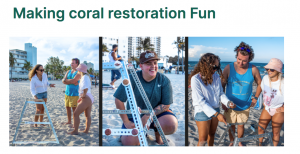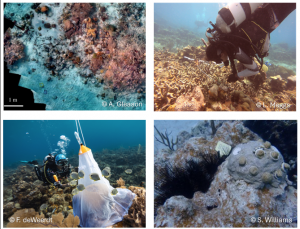 “New Caribbean Coral Restoration Efforts” was the subject of the Caribbean Cooperation Team Network Meeting on April 8, 2024.
“New Caribbean Coral Restoration Efforts” was the subject of the Caribbean Cooperation Team Network Meeting on April 8, 2024.
A webinar recording of the full proceedings is now available, courtesy of AGRRA (Atlantic and Gulf Rapid Reef Assessment).
From a notice just received:
| The focus of the April Caribbean Cooperation Team (CCT) meeting was to share updates on new coral reef rescue and recovery efforts in the Caribbean with funding from the G20’s new Coral Research & Development Accelerator Platform (CORDAP). After an introduction to CORDAP, representatives described the Caribbean programs funded by CORDAP grants this year. Continue reading |



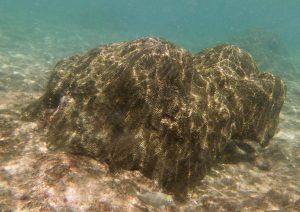



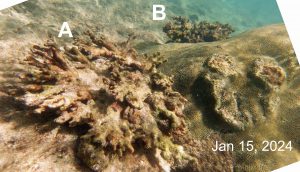
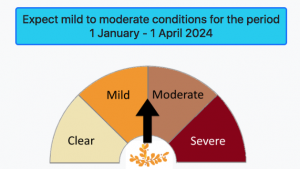 See also
See also 